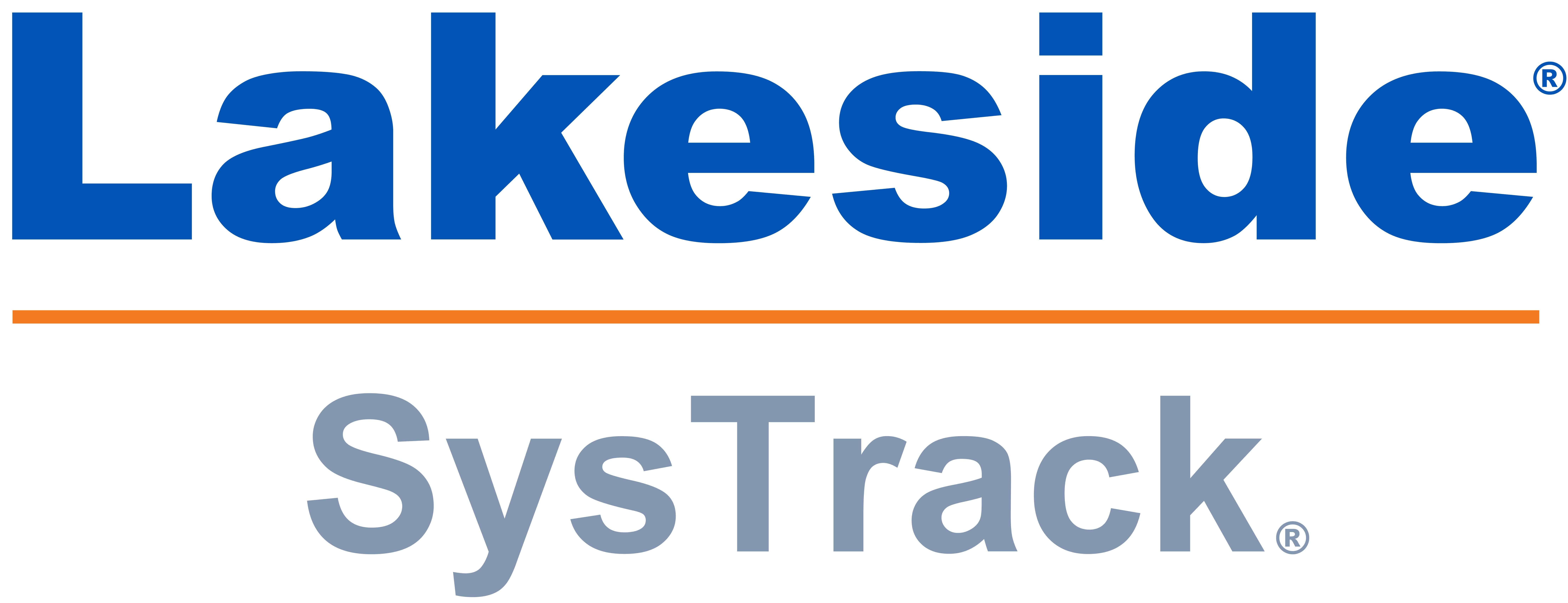IGEL Blog

Why Your Thin Client May Be Too Thin
Are Thin Clients a Thing of the Past?
The concept of thin client computing grew up alongside the growth of Terminal Services and Citrix Server-based computing in the 2000’s, but the concept dates back decades when people accessed centralized application mainframes using dumb terminals.
Thin clients have always been seen as an inexpensive, cost-efficient way to harness the emerging power of remote desktops delivered from data centers or the cloud. Even skinnier, leaner versions of thin clients called zero clients became popular throughout the 2000’s as people tried to drive the cost of endpoints down.
Now, almost 30 years later, little has changed. Lean computing tech is used across a wide variety of industries and for a virtual concert of reasons. Companies continue to employ thin clients in an effort to save money, bolster the security of sensitive, internal information, and maintain a relatively high level of agility in the face of a rapidly changing economy.
Shouldn’t thin clients be dead at this point?
Thin clients continue to exist in 2021, having somehow survived a near-constant series of radical shifts in the tech sector during the last two decades. In fact, by some estimates, the market for thin client solutions continues to grow, expected to reach $B1.32 in revenue by the middle of the decade.
Thin clients are less costly than PC’s and they last longer. They are also “greener” and arguably more secure. Thin clients are no longer just for task-based workers. They can support 4K monitors and multiple screens, run high-end graphical applications like CAD, and most recently can support a wide variety of unified communications via offloading video and audio.
Thin clients almost never break, they don’t need patching anywhere as much as a laptop might, and when it comes to endpoint management, they just work. Situated on desks and working for years a thin client will never need a “hardware refresh”, simply allowing employees easy access to remote applications and data.
Cloud Technology Requires More From Thin Clients
After years of Citrix dominating the server-based computing market, virtual desktop infrastructure (VDI) has seen significant growth in the last 10 years, supported and fueled by Citrix, VMware, Amazon AWS and most recently Microsoft WVD. This uptick in innovation and competition, coupled with a move to the cloud (in the form of desktop as a service (DaaS)) means that today, the once “set it and forget it” infrastructure used for VDI is in a constant state of change.
The need to work from home, and cloud technology, have driven more organizations to move their virtualized desktops to the cloud and support a wider, more diverse set of applications. Unified communications with Zoom and MS Teams for example, is now mandatory in many workspaces, including virtualized and cloud delivered ones. With more people working from home, the sheer numbers of applications, and application types, have also increased. CAD applications and multimedia can all be delivered from VDI and DaaS.
As the 4 key vendors continue to innovate and reduce the cost of DaaS, the endpoint also needs to be kept up to date. Something that thin clients were not designed to do.
Thin Client Upgrades | IGEL OS
You don’t need to buy a 2021 thin client to support a 2021 cloud environment. IGEL OS is a simple, yet effective upgrade for your thin client computing. IGEL OS is more than software, it’s an operating system that takes your thin client, (or any device for that matter), and gives it the muscle for today’s world of cloud workspaces and unified communications without needing to replace the hardware.
Benefits of IGEL OS
- Always up to date with the latest VDI/DaaS clients
- Top security
- Simple to deploy and manage
- Ability to instantly enable and accelerate the move to the cloud
- Over 100 IGEL Ready integrated technologies
- support for any x86-64 endpoint
- Centralized management
- Consistent user experience
IGEL OS enables VDI and cloud workspaces solutions that can be easily tailored to businesses of all sizes. For more information on IGEL OS, or to see the full range of our product lineup, learn more about IGEL today.


